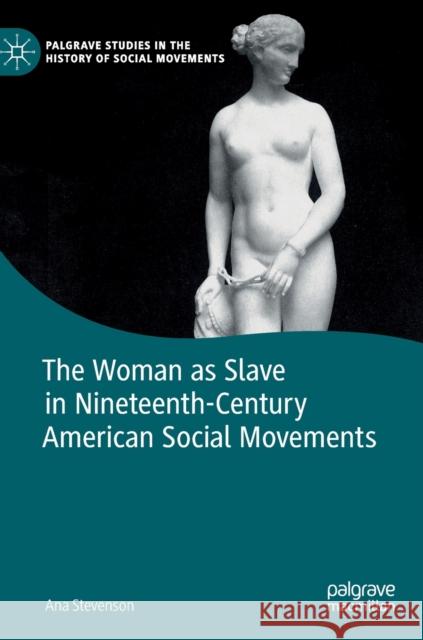The Woman as Slave in Nineteenth-Century American Social Movements » książka
topmenu
The Woman as Slave in Nineteenth-Century American Social Movements
ISBN-13: 9783030244668 / Angielski / Twarda / 2020 / 362 str.
The Woman as Slave in Nineteenth-Century American Social Movements
ISBN-13: 9783030244668 / Angielski / Twarda / 2020 / 362 str.
cena 429,96 zł
(netto: 409,49 VAT: 5%)
Najniższa cena z 30 dni: 424,07 zł
(netto: 409,49 VAT: 5%)
Najniższa cena z 30 dni: 424,07 zł
Termin realizacji zamówienia:
ok. 20 dni roboczych.
ok. 20 dni roboczych.
Darmowa dostawa!
Kategorie BISAC:
Wydawca:
Palgrave MacMillan
Seria wydawnicza:
Język:
Angielski
ISBN-13:
9783030244668
Rok wydania:
2020
Wydanie:
2019
Numer serii:
000756587
Ilość stron:
362
Waga:
0.77 kg
Wymiary:
21.01 x 14.81 x 3.02
Oprawa:
Twarda
Wolumenów:
01
Dodatkowe informacje:
Wydanie ilustrowane











